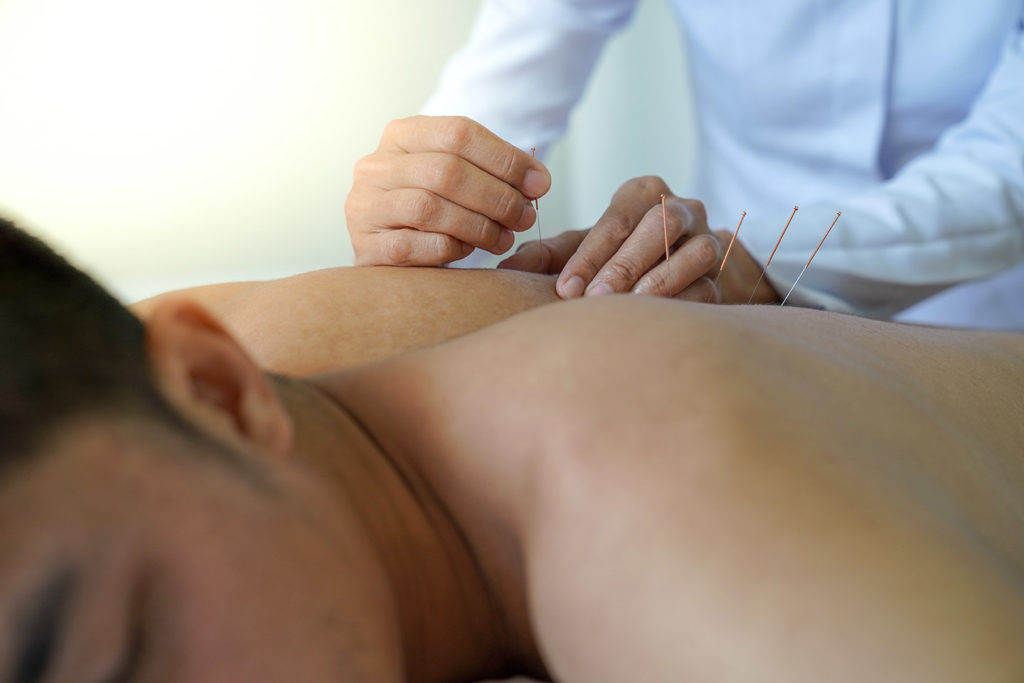 You may have heard of a treatment called dry needling and wondered what exactly it is or if it’s something that may be right for you.
You may have heard of a treatment called dry needling and wondered what exactly it is or if it’s something that may be right for you.
While the name of the procedure may sound intimidating, dry needling is safe, minimally discomforting, and often an effective technique for patients with certain musculoskeletal problems. Dry needling is a treatment performed by skilled, trained physical therapists, certified in the procedure. A thin monofilament needle penetrates the skin and treats underlying muscular trigger points.
So, what is a trigger point? A trigger point is a local tight band in a muscle that can restrict range of motion, refer pain or cause tenderness. When dry needling is applied to a dysfunctional muscle or trigger point, it can decrease banding or tightness, increase blood flow, and reduce local and referred pain.
It’s important to note dry needling is not the same as acupuncture. It uses similar tools, but that’s where the similarities end. Dry needling is performed by different practitioners with different training. Acupuncture is based on Eastern medicine, while dry needling is rooted in Western medicine and evaluation of pain patterns, posture, movement impairments, function, and orthopedic tests.
Dry needling treats muscle tissue, and its goal is to reduce pain, inactivate trigger points and restore function. It rarely is a standalone procedure. Rather, it often is part of a broader physical therapy approach incorporating other traditional physical therapy interventions into treatment.

